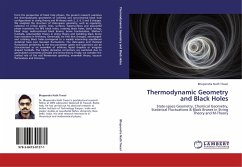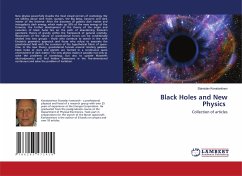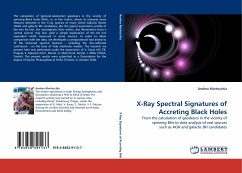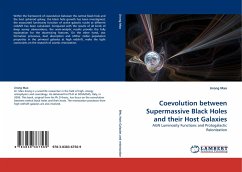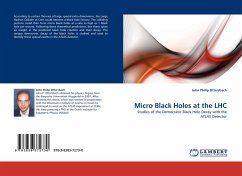From the perspective of black hole physics, the present research examines the thermodynamic geometries of extremal and non-extremal black hole configurations in string theory and M-theory with 2, 3, 4, 5 and 6 charges. We analyzed the structure of state-space geometry, such as regularity, existence of critical points, lines, surfaces, hypersurfaces and associated phase transitions for BPS black holes, rotating black holes, black strings, black rings, multi-centered black branes, brane fractionation, Mathur's fuzzballs, subensemble theory in string theory and bubbling black brane foam solutions in M-theory. Generically, we find that charged, anticharged and rotating black holes correspond to a weakly interacting equilibrium statistical basis over Gaussian fluctuations. The state-space and chemical fluctuations pertaining to the two parameter giants and superstars can be characterized as an ensemble of arbitrary liquid droplets or irregular shaped fuzzballs. The higher derivative corrections are examined due to generalized uncertainty principle and string theory. Finally, we consider the unified role of the real Riemannian geometry, ensemble theory, vacuum fluctuations and D-branes.

